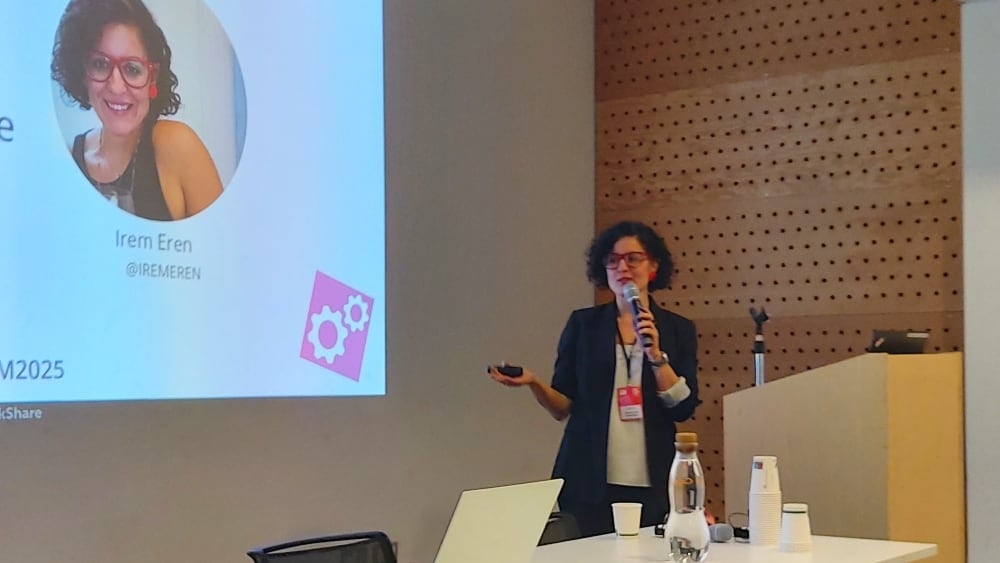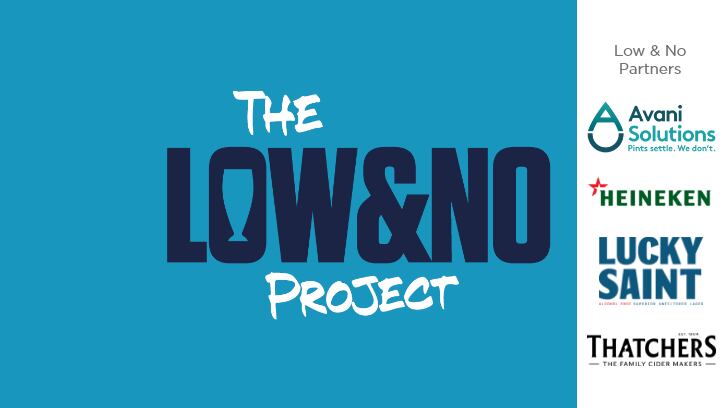The news is also significant for the low & no wine market in the UK as new labelling and reclassification of descriptors shoots up the priority list at the European Union Commission – likely affecting the UK down the line.
Talking at Club Soda’s No, Low, Mid London summit last week, low & no expert Irem Eren explained the wine industry is going through “very significant times” as wine consumption is decreasing year after year and has been since ‘70s.
“Consumption per capita in Europe has decreased 10% since 2020,” she said. “It’s not only about consumption, there are other threats happening in the wine industry, climate change is one because as climate change makes it warmer, the alcohol levels are increasing.”

She added there are new tax regulations in the USA and UK, based on the alcohol levels [in drinks], which again makes it more difficult to sell wine, especially as the World Health Organisation is carrying out a campaign against alcohol so, “finally, the European Union decided to do something about it”.
It has come up with new rules that it believes will help the wine industry combat the loss of consumption.
Eren explained: “On 28 March 2025, the European Union Commission proposed new regulations to regulate alcohol-free wines, no alcohol wines, because it’s like the ‘Wild West’ of definitions because you have low alcohol, light alcohol, alcohol free, no alcohol, de-alcoholised wine, partially de-alcoholised wine and it’s confusing the consumers and the trade itself.
Pull up the vineyards
“And we don’t have globalisation in the European Union – there are 27 different members of the European Union and they have differences within their own nations.
“A solution of the wine consumption decreasing is to pull up the vineyards and then plant other crops in that space.”
She said that by 19 June, the EU Council – the member states – adopted the regulations and approved it. Now it is waiting for the European Union parliament’s vote on 5 November this year to ratify them.
The earliest it will be implemented is February 2026 but it could also come in during November 2026, according to Eren.
“New labelling requirements will be very important,” she said. “At the moment, we don’t have standard terms but hopefully we’re going to and the European Union Commission accepts ‘alcohol-free’ to go up to 0.5% ABV – this would be good and we don’t need to 0.0% ABV to call it alcohol-free.
“This will give us more room to work - but if you want to label it 0.0 then you cannot go up to 0.5, it needs to be below 0.05.
“‘Low alcohol’ is a grey area because they say anything above 0.5 and below 8.5 is considered low alcohol but now they put a new clause here: it needs to be minimum 30% reduced alcohol than the lowest of the category. But still, it’s a huge bracket for the low alcohol category.
QR codes
“Also health claims need to be backed up. It’s not about only the labelling, it’s about the traceability. And it’s going to go back to vineyard, for example, your organic certification, de-alcoholised wines or the non-alcoholic wines can be still organic if everything is organic and the organisation facility is certified organic and ingredients need to be organic.”
For sparkling wine, Eren stated this needs to respect the carbonisation regulations and respective sugar levels.
She said all of these can be done through marketing integration and that labels can have the QR codes.
“We don’t have to write the nutritional facts anymore,” Eren said. “This is good because then we don’t have to have different labels for the US FDA (food and drug administration) or for the UK.
“Additionally, the European Union is offering subsidiaries for producers or marketers who are going to down the line of 0.0 or other low alcohol formats.
“The clear takeaways are clarity and credibility. The regulations shouldn’t scare us. We should see it as an opportunity for the producers and for the brand owners to have more clarity, more transparency and more harmonisation for the consumers.”


